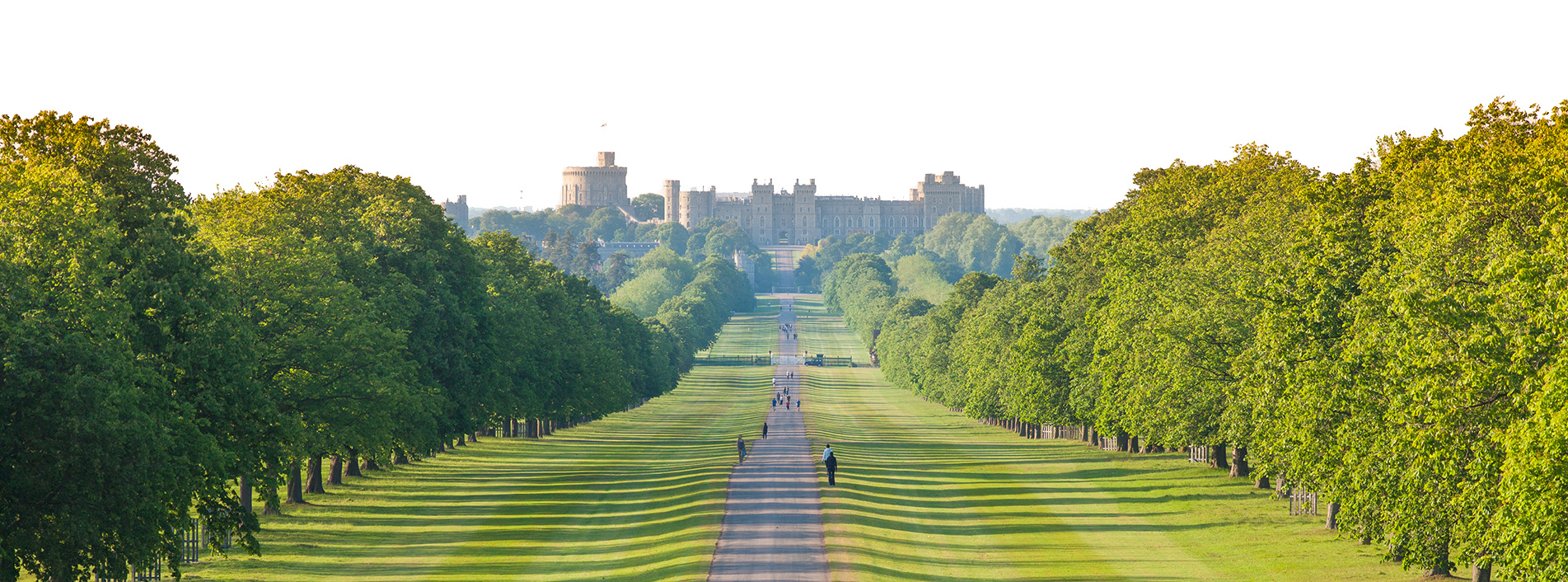
The Bronze Oak

Published by
Windsor Great Park
Jun 30 2025
Share this article
Commemorating Queen Elizabeth II’s contribution to the arts
On 11 October 2016, Queen Elizabeth II was presented with a miniature bronze sculpture of the Signing Oak, a 900-year-old oak tree in Windsor Great Park, as part of her 90th birthday celebration.
The ceremony took place at the Royal Academy where the Queen presented awards to individuals who had made a national contribution in the fields of visual arts or architecture. Each person was also given a bronze acorn, made as copies from the real acorns of the Signing Oak.
The bronze replica of this ancient tree symbolised both the longevity of the monarchy and the new pioneering digital technologies inspiring contemporary creativity.
The sculpture was made by Factum Arte in collaboration with Esfinge Foundry, Madrid, using digital scanning and 3D printing technology. This made it possible to scan this delicate oak tree without the risk of damaging it while also allowing the creation of an exact copy in miniature.
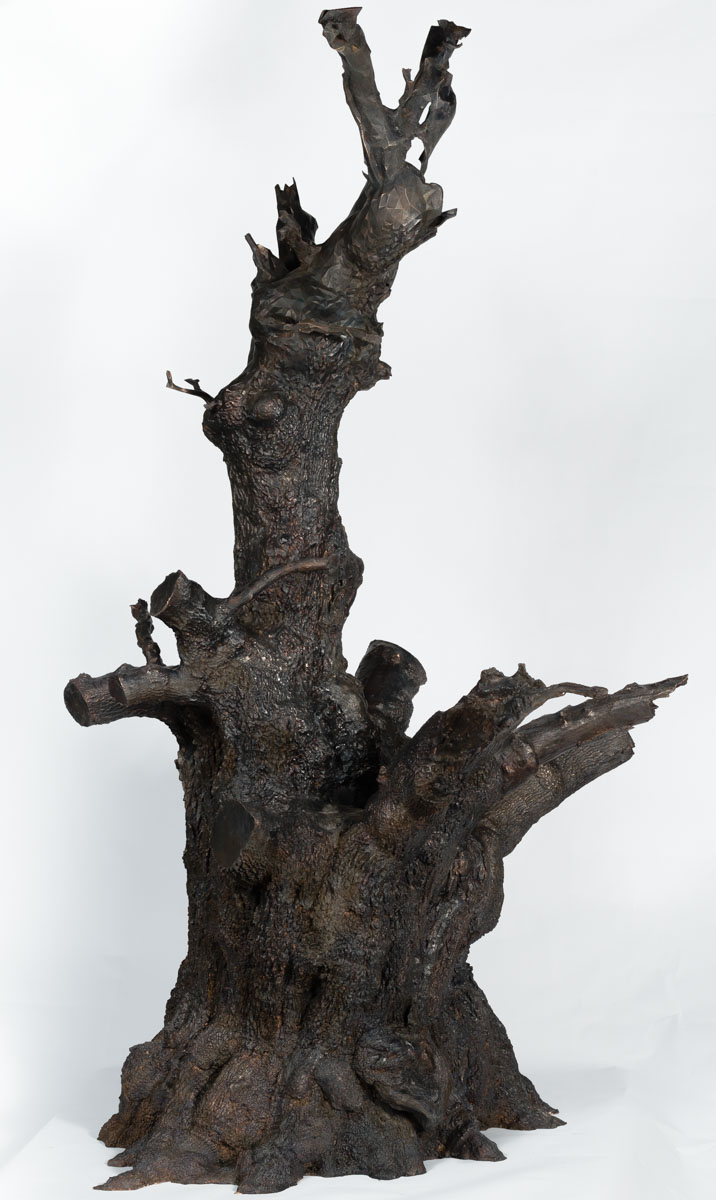
The Bronze Oak.
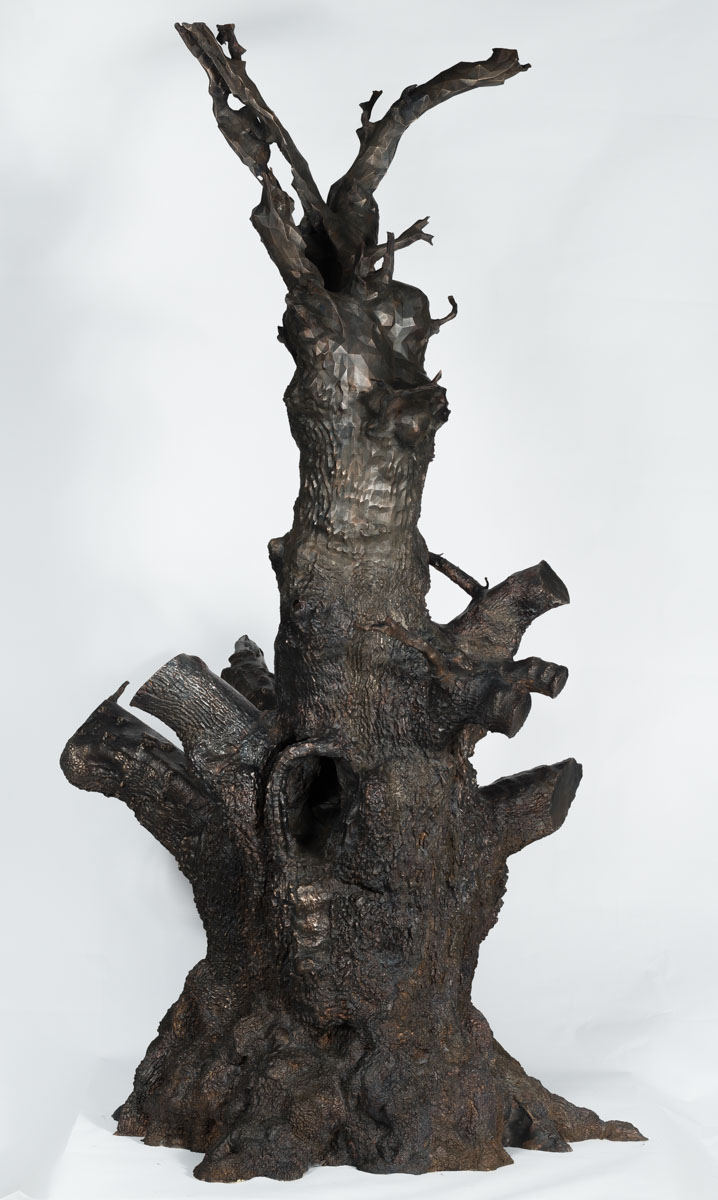
The Bronze Oak.
Scanning
Beginning in April 2026, Pedro Miró, Manuel Franquelo, Ferdinand Saumarez Smith and Adam Lowe from Factum Arte/Foundation visited Windsor Great Park to conduct photogrammetric records of the Signing Oak.
Over 5,000 images were taken in total, with every image having a 90-degree overlap. By overlapping each image, it meant each one could be stitched together using specialised software to create an accurate, digital 3D model.
Most of the tree trunk was recorded from the ground, and a cherry-picker was employed to record the branches from higher angles.
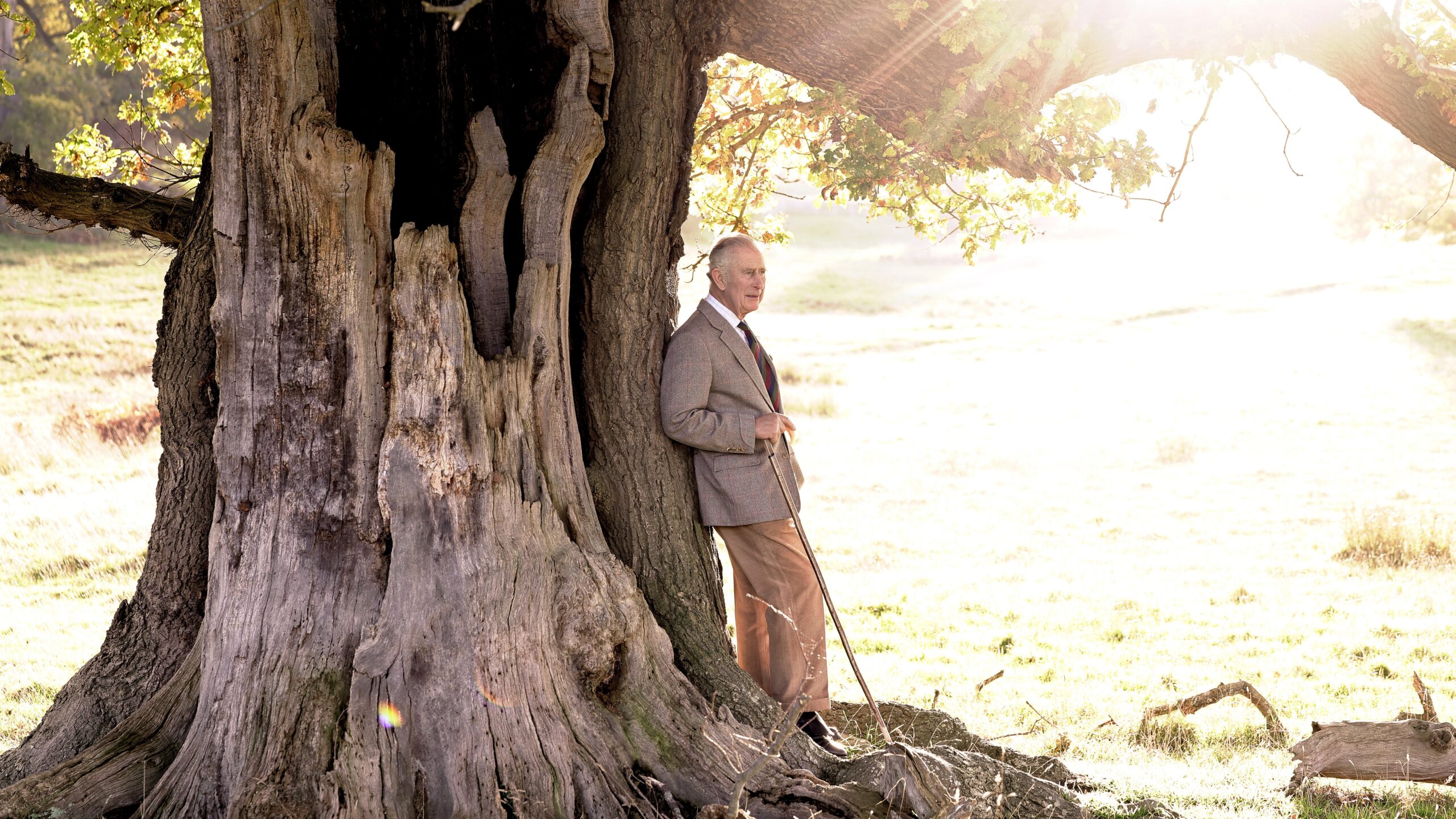
His Majesty King Charles III underneath the Signing Oak
Re-materialising the scans into bronze
The replica Signing Oak was made using a combination of digital and artisanal techniques.
To begin with an epoxy resin version of the tree was made using 3D printing from the digital scans. The team then used the resin trunk to make a mould of it in silicon.
In a process called the lost-wax technique, the team carried out the following to make the final bronze sculpture:
- The inside of the silicon mould was painted with wax
- Once dry the wax was removed from the mould to create a wax shell
- The shell was filled with a heat-resistant mixture and covered in a heat-resistant plaster
- The piece was then placed in an oven. This dries the plaster but causes the wax to melt and drain out of wax tubes away from the sculpture
- Molten bronze was then poured through these same wax ducts into the hardened plaster mould, filling the space left by the drained wax
- Once cooled, the outer plaster and core are removed to leave the final bronze cast
In making the Signing Oak sculpture, the Esfinge Foundry in Madrid used a centrifugal casting system to rapidly spin the plaster mould.
By spinning the sculpture, pressure is forced on the molten metal to keep to the side of the plaster mould and away from the centre to make a hollow sculpture.
While it was scans of the tree that made the original moulds for the sculpture, the fallen leaves and acorns from the Signing Oak were used to make moulds that were then cast in bronze.
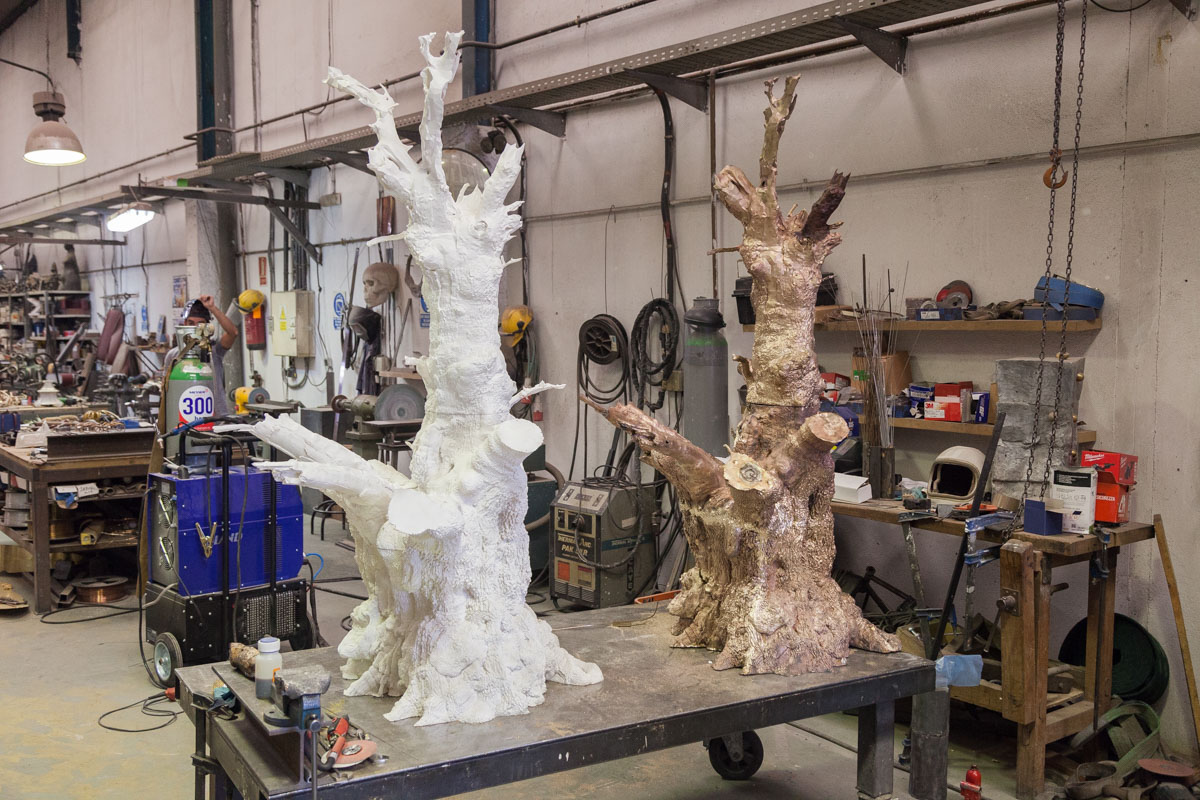
The original epoxy resin version of the oak beside the final bronze sculpture.

A wax shell portion of the Signing Oak.
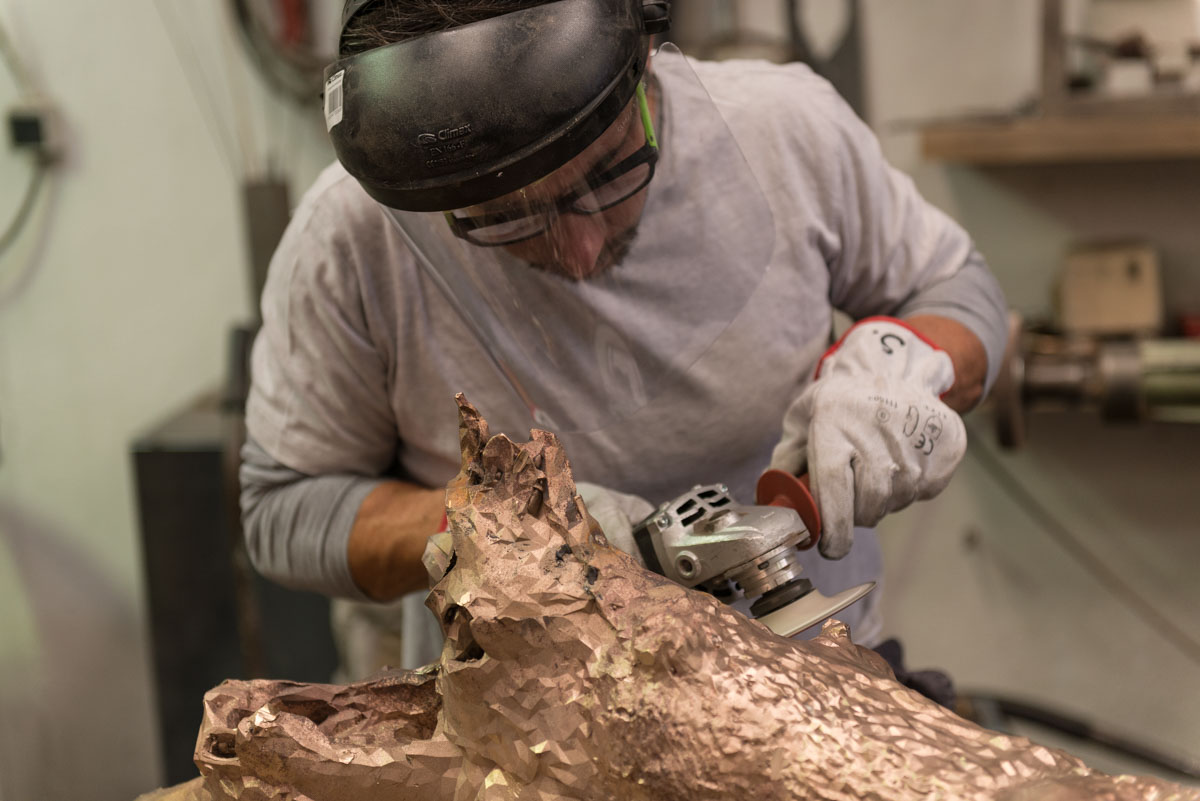
Making final touches to the Bronze Oak sculpture.
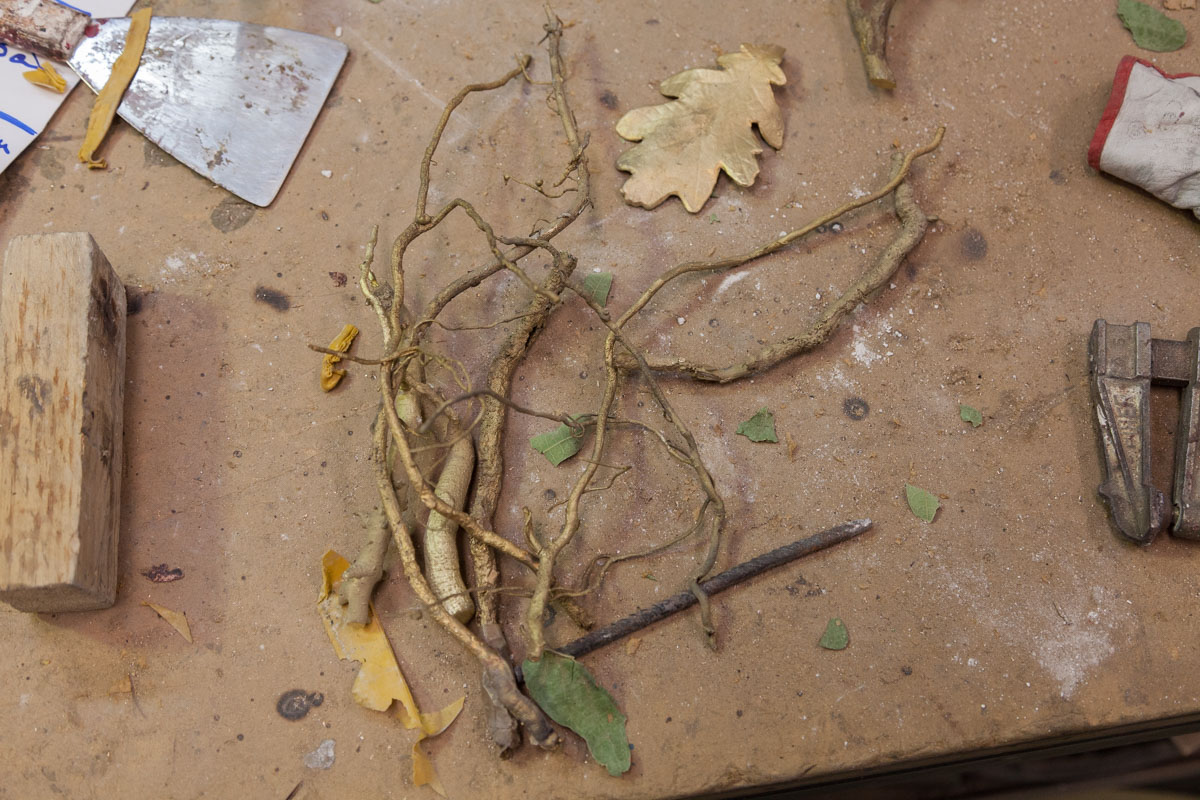
Bronze leaves and twigs.
The legacy of the Bronze Oak
Queen Elizabeth II graciously agreed that the sculpture be displayed at Windsor Great Park for all to appreciate. Visit The Savill Garden Visitor Centre to find the sculpture inside The Gallery Café.
Today ancient trees remain a part of our landscape, our art and our history.
In fact, the Signing Oak takes its name from the Statement of Intent that was signed by The Crown Estate Commissioners and the Nature Conservancy Council (now Natural England) in 1972 that recognised the importance of Windsor Great Park as a special conservation area.
The agreement outlined a protocol in relation to the management of Windsor Great Park and the consultation process with the NCC that remained in place until 2000 when the whole of Windsor Great Park was designated a Site of Special Scientific Interest (SSSI) and a Special Area of Conservation (SAC).
The Windsor Estate has one of the largest collections of ancient and veteran oak trees that remain anywhere in northern Europe.
Not only have trees like the 900-year-old Signing Oak witnessed momentous historical events but these trees are invaluable homes for wildlife. The older the tree, the more vital to wildlife it becomes.
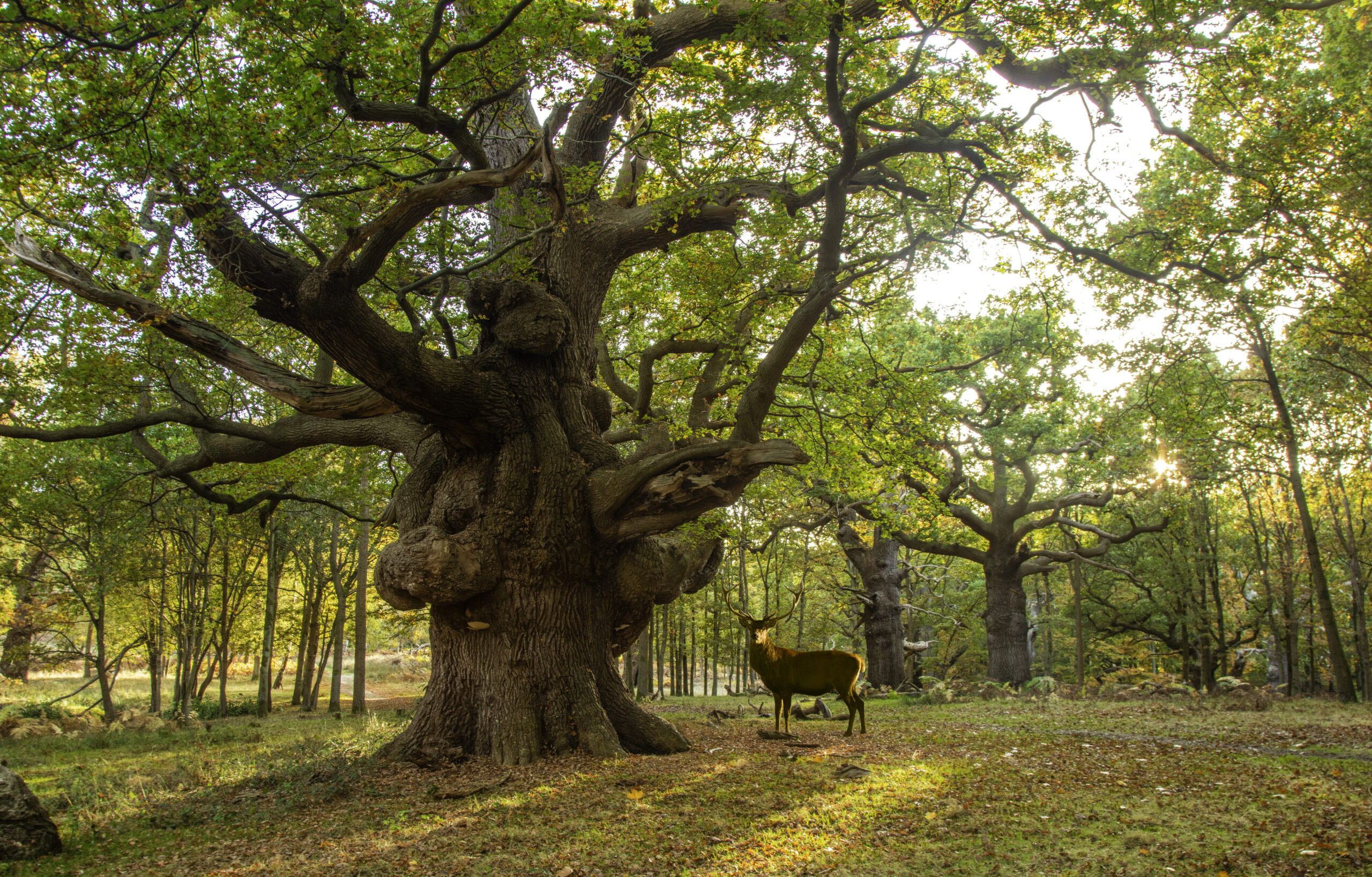
Ancient trees in Windsor Great Park.
Share this article

